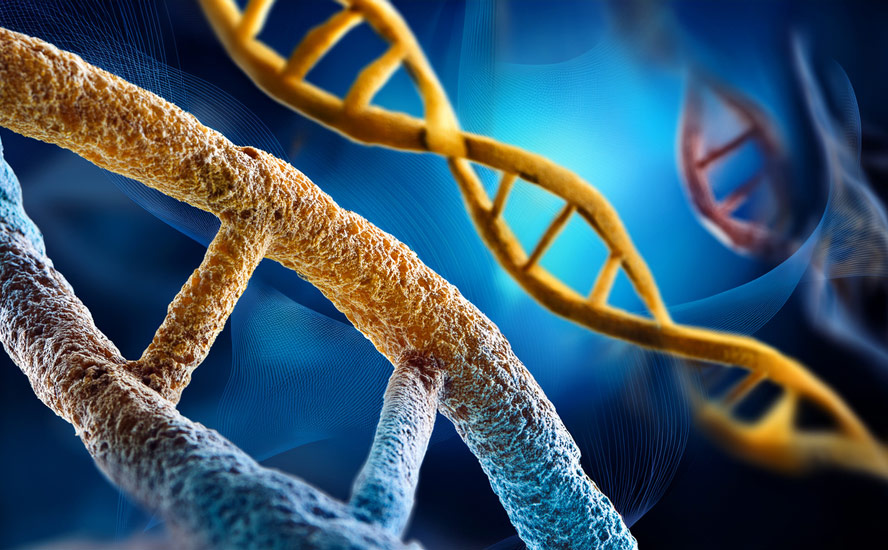New Study: CRISPR successfully removes extra chromosome in Down syndrome cells, restoring healthy cell function

In a groundbreaking study, scientists in Japan have successfully removed the extra chromosome responsible for Down syndrome in human cells using CRISPR gene-editing technology. The findings raise hope for future therapies that target the genetic root of trisomy 21, though clinical applications remain distant.
Researchers at Mie University, led by Ryotaro Hashizume, used CRISPR-Cas9 to perform a technique known as allele-specific editing, where the tool precisely targets the third copy of chromosome 21 while sparing the healthy ones. The method significantly improved cell function and reduced biological stress in lab-grown cells from individuals with Down syndrome.
Down syndrome, affecting approximately 1 in 700 births in the U.S., occurs when individuals inherit an extra copy of chromosome 21. This genetic surplus increases gene activity, disrupts protein production, and leads to developmental challenges, cognitive delays, and health complications.
The study, titled “Trisomic rescue via allele-specific multiple chromosome cleavage using CRISPR-Cas9 in trisomy 21 cells,” showed promising results across various tests. Treated cells reverted to typical patterns of gene expression and displayed improved growth rates and cellular health. Notably, the corrected cells produced fewer reactive oxygen species — harmful molecules tied to aging and damage — and showed better mitochondrial performance.
“We saw a clear normalization of gene behavior after removal of the third chromosome,” said Hashizume.
Even mature skin cells, or fibroblasts, from people with Down syndrome responded to the treatment — a significant achievement since these cells no longer divide actively. The technique also boosted the activity of genes tied to brain development while reducing those related to metabolism, aligning with known disruptions caused by trisomy 21.
While the technology holds immense promise, researchers caution that the procedure is not ready for clinical use. One key challenge is ensuring CRISPR only cuts the surplus chromosome without damaging healthy ones. The team is refining its targeting guides and working on ways to prevent cellular repair systems from undoing the intended edits.
This advancement pushes the boundaries of genome editing, demonstrating for the first time that CRISPR can remove an entire chromosome from human cells rather than simply correcting small mutations.
Although a treatment for Down syndrome is still a long way off, the study underscores a powerful shift in the possibilities of gene editing. If future research confirms these findings in living tissues and over longer periods, this approach could pave the way for therapeutic interventions that tackle genetic disorders at their root.
The study is published in PNAS Nexus.



